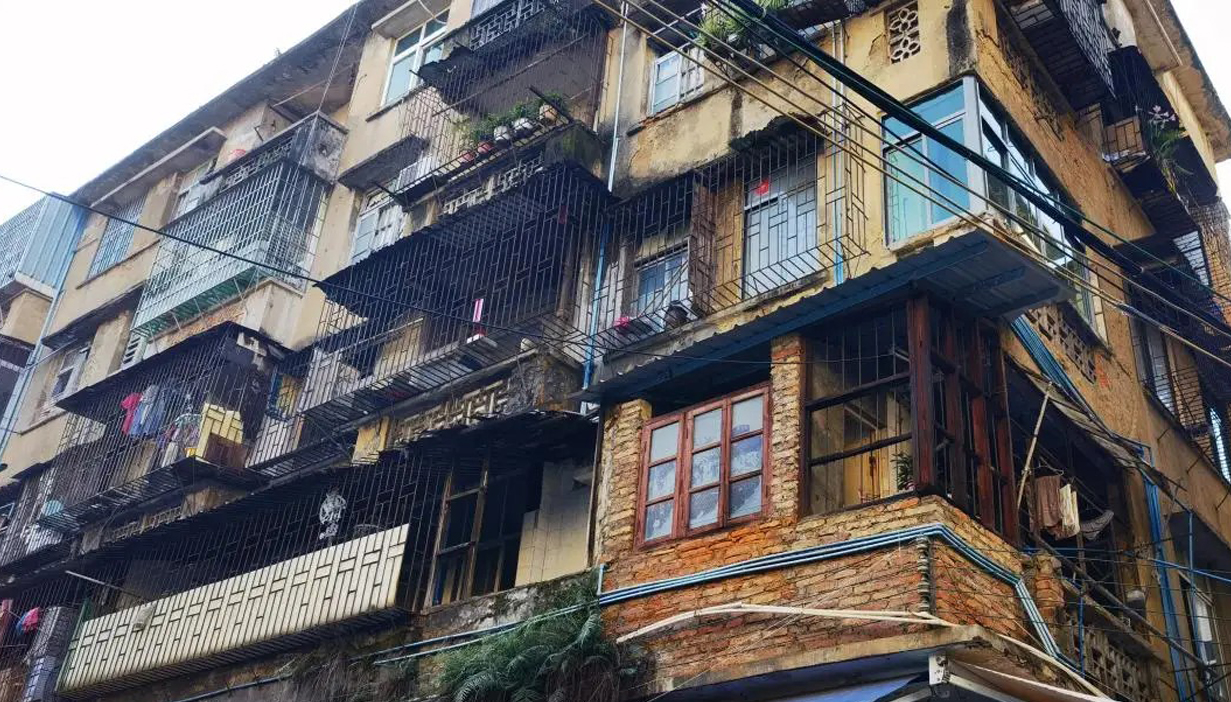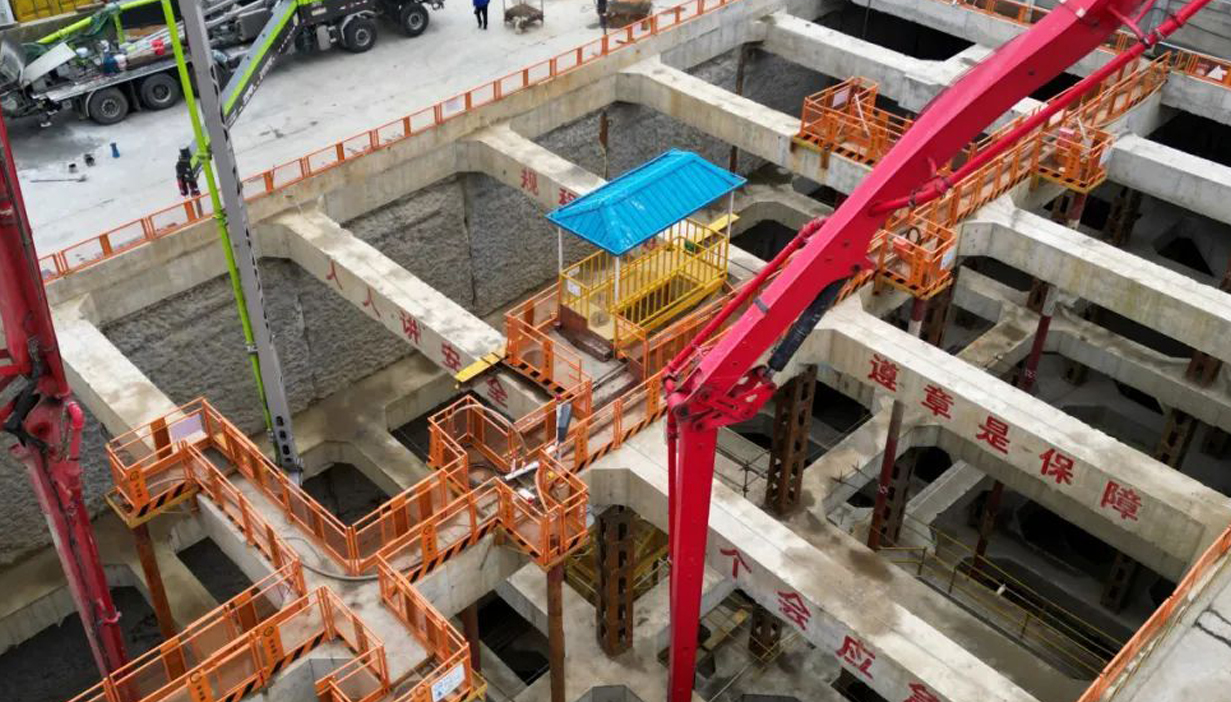Project Background: This old residential area was built in the 1980s, mostly consisting of brick and concrete structure houses. Due to long-term disrepair, some houses have problems such as wall cracking, roof leakage, and foundation settlement, and have been identified as dangerous buildings. To ensure the safety of residents' lives and property, automated monitoring is implemented for dangerous buildings.
Monitoring content:
Crack Monitoring: Install intelligent crack sensors at the cracks in the wall, use image recognition technology to monitor changes in crack width and length in real time, and accurately determine the development trend of cracks..
Settlement Monitoring: High precision electronic level gauges are installed around the foundation of the building, using the principle of leveling measurement to continuously monitor the settlement of the foundation 24 hours a day. Once any abnormal settlement is detected, an immediate warning is issued.
Tilt Monitoring: Laser displacement sensors are installed at the top and bottom of the house to measure changes in laser reflection distance, monitor the overall tilt angle of the house in real time, and detect potential collapse risks in a timely manner.
Composition of automated monitoring system: It consists of various intelligent sensors, data transmission modules, edge computing devices and cloud monitoring platforms. The data collected by the sensor is transmitted to the data transmission module via wireless, and then preliminarily analyzed and processed by edge computing equipment, and finally uploaded to the cloud monitoring platform to realize data storage, analysis and remote monitoring.
Monitoring effect: Through automated monitoring, the rapid development of cracks in multiple dangerous buildings and abnormal changes in foundation settlement were successfully captured, and residents were evacuated in a timely manner, avoiding the occurrence of safety accidents..




